Challenging 2012 For Wind-Energy Firms Filters Into Uncertain New Year
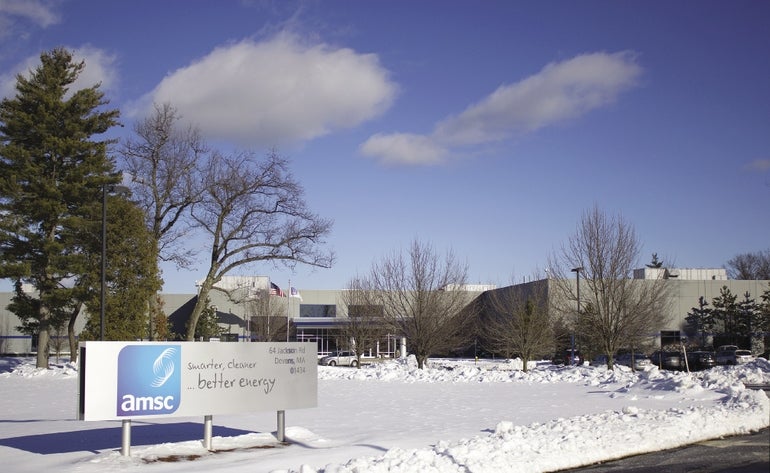 PHOTO/MATT VOLPINI
Executives at AMSC in Devens believe in the long-term prospects for wind energy. But they say things are tough right now at the former American Superconductor. However, there could be positive developments this year in Asian markets that can help the company.
PHOTO/MATT VOLPINI
Executives at AMSC in Devens believe in the long-term prospects for wind energy. But they say things are tough right now at the former American Superconductor. However, there could be positive developments this year in Asian markets that can help the company.
As if the troubles experienced by Central Massachusetts' fledgling solar panel and electric battery manufacturers weren't enough of a challenge over the past few years, what exists of the region's wind energy industry appears to be in for a turbulent year.
Vestas Wind Systems — the world's largest wind turbine maker — is closing its Marlborough research and development facility by the middle of this year, a spokesman said.
Once slated to have a much larger presence in the city, Vestas is now down to 15 employees after consolidating its Hudson office in the spring of 2012.
And in Devens, wind turbine electrical components maker AMSC, formerly American Superconductor, has cut its workforce 60 percent since 2011 as it struggles with global market conditions and tries to make up revenue lost in a deal gone bad with a Chinese turbine maker that once accounted for more than 70 percent of its annual revenue.
The reasons for the downsizings vary, but they cap off a two-year span of high-profile clean-tech misses in the region, from the bankruptcy and liquidation of Marlborough-based Evergreen Solar to the decision by Westborough-based Boston-Power to focus its manufacturing investments in China rather than the Bay State. And more recently, Waltham-based battery maker A123 Systems, with operations in Marlborough and Westborough, filed for Chapter 11 bankruptcy protection. A judge recently approved a sell-off of many of its core assets to a Chinese conglomerate.
High Hopes Dashed
In the third quarter of 2011, Gov. Deval Patrick and other officials joined executives from Vestas at a groundbreaking ceremony for a $16-million R&D center in Marlborough that would expand the company's footprint in the city and house 60 employees.
But by early 2012, the project was scuttled, with Vestas opting to lease existing nearby space, as well as space in Hudson. There were 40 employees between the two locations, said spokesman Andrew Longeteig, but after the Hudson office closed, the number has dwindled to 15.
With customers around the world, Vestas is feeling the impact of low natural gas prices competing with wind power as well as “changing market dynamics around the world,” Longeteig wrote in an email.
“Vestas has adopted a flexible business strategy during a period of changing market dynamics in the wind industry,” Longeteig said. The company “has been doing business in the U.S. since 1981 and is optimistic about the long-term future of wind power,” he noted.
He added that the company's layoffs this past year were also a result of uncertainty over a federal wind tax credit, which was extended for one year in last week's deal in Washington over the so-called “fiscal cliff.”
But since it can take well over a year to complete a turbine project, the uncertainty over the credit had already dampened investor enthusiasm and slowed U.S. orders for 2013, he said.
Vestas expects to ship around five gigawatts of turbines this year, down from an expected 6.3 in 2012, Longeteig said.
Uncertainty over extension of the wind tax credit, originally created in 1992, has been a regular occurrence every few years since, said Ellen Carey, spokeswoman for the American Wind Association.
The credit has been extended a half-dozen times since 1992, and about half of those extensions came after it had officially expired.
The uncertainty has created a “boom-bust” cycle for wind developers, she said. Despite that, far more wind components are being made domestically today, and wind made up 44 percent of new power generation in 2012, she added.
The tax credit extension is a victory for the wind industry, which had estimated a loss of 37,000 jobs if it had been shelved, but Carey said the industry could still use a bit more certainty from government. “I think [government] has got to give the signal that we want this manufacturing success story,” Carey said.
China Exposure
Like Vestas, AMSC executives believe in wind's long-term prospects. But they say it's tough at the moment.
“While the long-term prospects for renewable energy remain bright, conditions in the sector today are challenging,” AMSC President and CEO Daniel P. McGahn said in a recent statement. “Financing and cash flow among wind farm developers and wind turbine manufacturers have been constrained, which has impacted growth plans for some of our Windtec Solutions partners. (Windtec is a subsidiary AMSC bought in 2007.) Given this environment, we made the difficult but prudent decision to reduce our workforce in order to weather the industry downturn and minimize our cash usage.”
AMSC doesn't make turbines like Vestas, but rather the electrical systems that help them run efficiently. So while it faces negative effects from some of the same factors as Vestas, its problems are a bit different, said Aaron Chew, an analyst with the Maxim Group.
For one, the U.S. wind credit doesn't mean much. “Interestingly enough, I would say AMSC has zero exposure to the U.S.,” Chew said. “All of their wind business is driven by China, India and (South) Korea.”
And some turbulence in those countries in 2012 is likely a big driver of AMSC's continued woes, spokesman Jason Fredette said in an email.
For instance, Chew wrote in his latest research report on AMSC, new regulations in China and the end of an accelerated depreciation benefit in India hurt demand for wind.
But there could be hope ahead. India has since proposed to boost wind subsidies 60 percent and more than triple the number of gigawatts it wants to install. And South Korea, which hasn't been much of a player in wind over the past decade, has ramped up its ambitions.
While global economic conditions are playing a role in AMSC's predicament, the epicenter of its problems is the loss of its biggest customer, Sinovel, in 2011, he said. The Chinese company began refusing contracted shipments, and it was later discovered that a former AMSC employee had sold AMSC's intellectual property to Sinovel. The one-time loss was pegged at $158 million, and the matter is before the Chinese courts.
Chew thinks AMSC's recent workforce cuts are largely a result of the lingering revenue struggles caused by the Sinovel debacle, rather than its future potential.
“They're losing money and they're burning cash,” he said. “They have to figure out how to operate in this environment.” But Chew estimates that the company, now in its fourth fiscal quarter, has enough cash to make it through its fiscal year.
Fredette, the AMSC spokesman, said the company is dealing with challenging market conditions that require reducing cash usage to weather the downturn.
But he said that “virtually all industry analysts forecast that the Asia wind market will resume growth in 2013 and that global installations will resume growth in 2014.”
Read more
Officials Hope New Technology Will Expand Wind Energy In Central Mass.
What's A Green Job? It Depends On Whom You Ask
Want To Go Green? First, Look At Your Options
Worcester Green Energy Firm Plans Retail Division

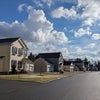
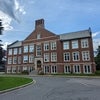




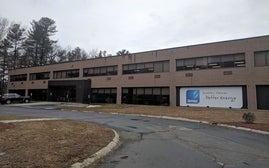
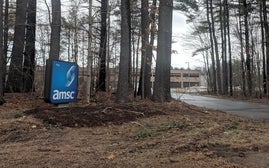



0 Comments